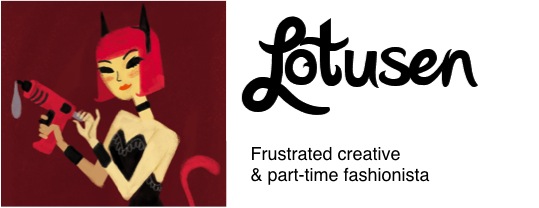Last Sunday I sacrificed my usual obscenely long lie-in to attend the
School of Life sermon on 'Good Design' held at
Conway Hall (incidentally established by the Ethical Society in 1929). Speaker was Alice Rawsthorn, former Director of the Design Museum and currently 'a leading authority on contemporary design'.
Here is my slightly rubbish photo of the proceedings (I like the Ethical Society's slogan above the stage: 'To thine own self be true'):

She made some interesting points I think, and I did my best to scribble them down...
Summary:
- When asked to think of an example of 'Good Design', many people will choose a chair. It is true that designer chairs to tend to reflect the era from which it dates, but it also reinforces the idea that design fuels consumption, encourages materialism and is primarily 'eye candy' for the affluent minority.
- Functionality is no longer the only component of good design - ethicality is now just as important. We are going going though a time when there needs to be a fundamental re-assessment of design is, and consider not only the life of the product but also it's source and after-life.
- Design can also work as a template, enabling people to create their own item. The designer spends time creating instructions, rather than the finished object. Example: The
Mahlangu water bottle, designed by Irene van Peer enables developing communities with little clean water to use this scarce supply more efficiently.
- Good design will also come associated with dealing with people's behaviour. This will include visualisation of complex data through design in order to communicate the information more efficiently.
- Design is also playing an increased role in user interface design. The functionality of analogue items is generally easy to figure out just from looking at them. Digital items are less obvious. This is clear when comparing a spoon (clear clues to function in it's shape) with an iPod shuffle (no visual clues). Logical user interface design is therefore vital in order to ensure effective and non-frustrating experience.
- Addressing social issues will also become more integrated into design. Designers will start working closer with psychologists and social scientists to help visualise, offer lateral thinking, communicate effectively with the public and help secure funding.
How good design may change:
- Needs to become a more openminded process. Adopt an 'opensource' approach.
- Be less dictatorial, and more open to interpretation.
- Be more questioning. Is this really needed?
- Design needs to become more fluid, responsive and inclusive.
- Focus on the needs of the 90%.
To jolly things along, and make the whole thing a little more 'sermon-like' we also sang two hymns. First 'Tainted Love' by Gloria Jones (deceptively tricky), and second 'I Fought the Law' by The Clash (have to admit I didn't know this one!).
Rounding things off, we were given a cup of tea and home-made 'designtive' (design digestive) from
Rachel Khoo, Food Creative. Sounds like a great job to me!
The designtives were actually very tasty, and looked very innovative perched on the tea cup:

Apparently 52 McVities chocolate Digestives are consumed per second in the UK. Personally I prefer the Hobnob variety.









